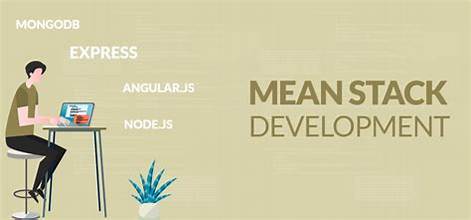Introduction
What is Angular?
- How Angular enables maintainable single-page applications
- Stateful vs Stateless
- Angular 6 vs previous versions
What is MEAN Stack?
- The parts of the MEAN Stack
- Front-end vs back-end
Creating a MEAN Web Application
- Imagining the look and feel
- Deciding the functionality
- Data storage, servers and APIs
Preparing the Frontend
- Using Angular CLI
- Initiating an Angular 6 Project
- Creating components
- Configuring client-side routing
Preparing the Backend
- Installing and configuring ExpressJS and NodeJS
- Testing the Backend Server
- Setting up MongoDB
- Integrating MongoDB with Node.js and Express.js
Implementing Application Functionality
- Understanding how LoopBack works
- Implementing REST API
- Carrying out Create-Read-Update-Delete (CRUD) operations
- Using Angular 6 Material to access to UI/UX
Running the Application
- Processing user queries
- Responding to queries
- Interacting with users
Deploying the Application to Production
Best Practices
Troubleshooting
Summary and Conclusion
